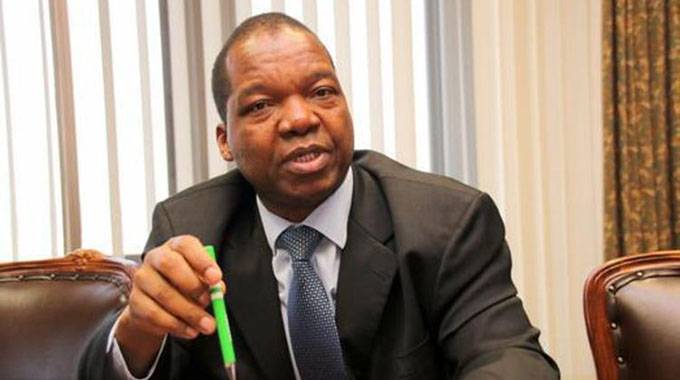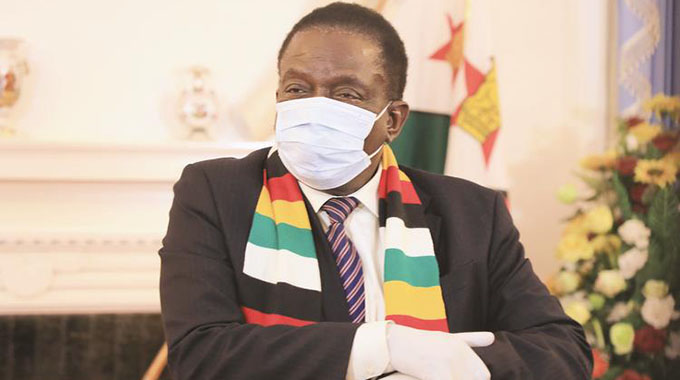Forex auction bid band narrows, stability enhanced

Business Reporter
The ruling exchange rate between the Zimbabwe dollar and the United States dollar depreciated by 4.7 percent to $72.1470 at yesterday’s foreign currency auction amid further narrowing of the bid band, more private holders of foreign currency using the auction to sell, and general growing acceptance of the trading system by the market.
Reserve Bank of Zimbabwe governor Dr John Mangudya said he was pleased with the out-turn and the general trend of the exchange rate.
The narrowing of the bid band between the highest and lowest successful bid was especially pleasing, showing that the market was now doing the necessary price discovery more precisely and that the exchange rate was becoming far more stable and predictable.
Yesterday’s highest bid rate of $82.17 was the lowest since the auction began. This is an 18 percent decline from the highest bid rate of $100 on the first auction on June 23, with the highest bid dropping through $95.92 and $85 by last week.
With the lowest accepted bid at $70, the highest since auctions began, the spread between the buyers and sellers has narrowed to $12.17 from as high as $65 on the first auction.
Dr Mangudya said this is an indication that the rate was moving towards stability, and with stability on exchange rates leading to stability in prices.
“So with the spread narrowing, we are very pleased with that,” said Dr Mangudya.
With the spread narrowing, exporters are now using the auction system to liquidate their foreign currency positions, basically selling cash in their nostro accounts. Up to now the market has been almost totally dominated by the sale of foreign currency that has been already automatically bought from exporters.
According to Dr Mangudya, of the US$14.5 million sold yesterday, about US$2.5 million came from an exporter, who managed to sell the currency at a rate of $75, while an NGO, a listed entity and bureaux de change also used the auction to sell off more than US$1 million between them. More than US$3.5 million that traded was outside foreign currency from export retentions.
Yesterday’s auction, which is the fifth since the system started, recorded the highest number of bids at 290, beating the previous high of 264 recorded on July 7.
Demand for foreign currency at US$20.3 million was also the highest since inception of the auction system. The previous high was US$18.9 million recorded during the second auction held on June 30.
But of the total bids only US$14.8 million was allotted, giving a weighted average of $72.1470. Successful bidders pay what they offer, so the top bidder who offered $82.17 paid that for each US dollar bought while the lowest successful bidder got the foreign currency at a bit cheaper than the average, at $70 for each dollar allotted.
Bidders need to bid enough to get on the currency, but bidding too high drives up their costs. The twin pressures and the growing stability are the drivers towards ever greater stability in the auction rate. Dealings through banks outside the auctions are based on the auction rate.
As is now the norm, the bulk of yesterday’s foreign currency resources were allotted to raw materials US$7.4 million, machinery and equipment US$2.3 million, consumables, basically spares and tyres, at US$1.1 million and fuel, electricity and gas at US$640 000, in line with
Government’s objective of increasing production in the economy.
Pharmaceuticals and chemicals were allotted almost US$697 000 and paper and packaging US$615 000.
The non-production areas of retail and distribution received just under US$1,3 million and services, basically loans, dividends and disinvestment, received US$752 000.
At least 51 bids were rejected amid concern that some players are still ignoring clear auction rules by submitting bids that do not qualify.
According to sources that attended the auction, a “resolution was passed to consider imposing a fine in foreign currency for participants who come to the auction with dirty hands”.
Bids can be rejected if bidders make multiple bids, have overdue export receipts or have not acquitted their foreign payments, and have positive nostro balances equal to or greater than the bid.
Breaking of these ground rules could be the reason why the gap between amount bid and amount allotted was at its highest since inception of the auction system.
At 73,1 percent, yesterday’s amount allotted was the lowest, in percentage terms, against amount bid.
The auction system has already produced a great deal of price stability in Zimbabwe as producers turn to the auction for raw materials and other necessary inputs, rather than trying to guess what the black market will be in a month’s time.
Even the black market has been sharing the stability, falling at the beginning of the auction system and now stabilising.
The auction is expected to enhance transparency in the management of foreign exchange, achieve a realistic exchange rate (price discovery) for the Zimbabwe dollar and discouraging speculative demand for foreign currency.










Comments